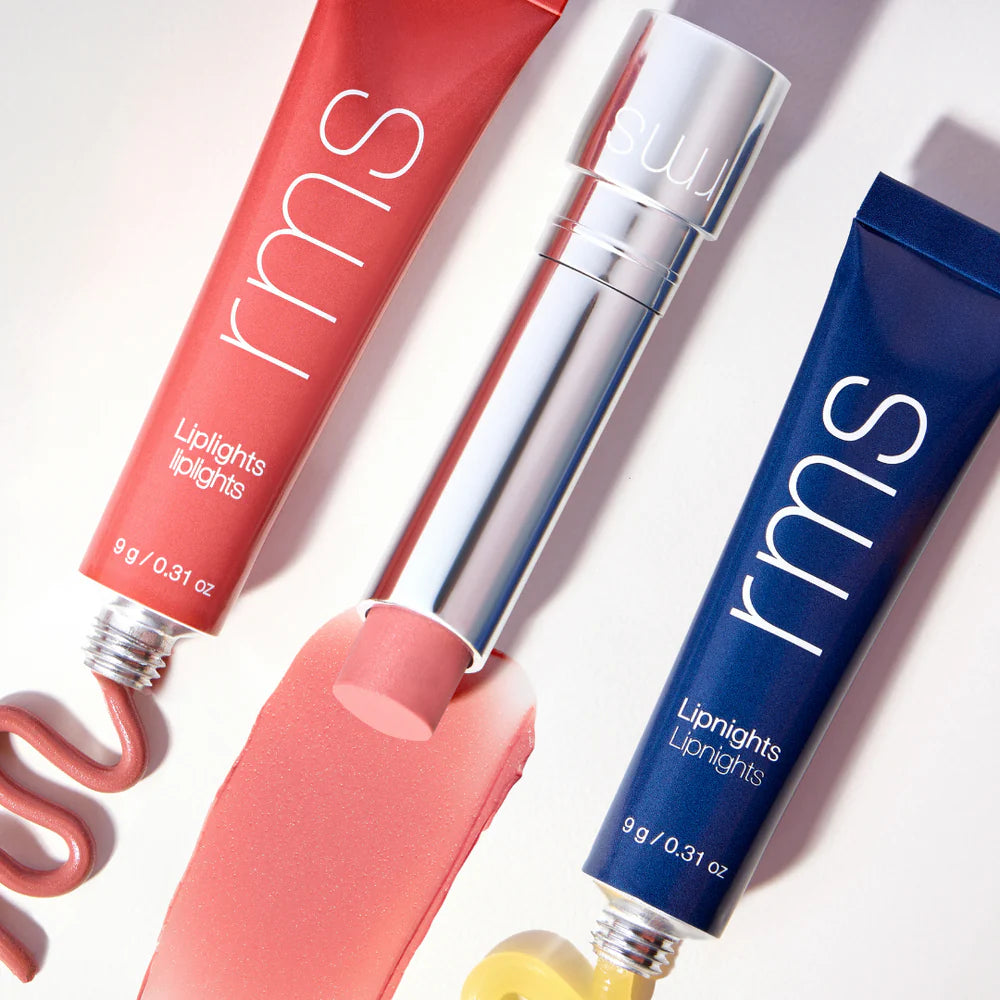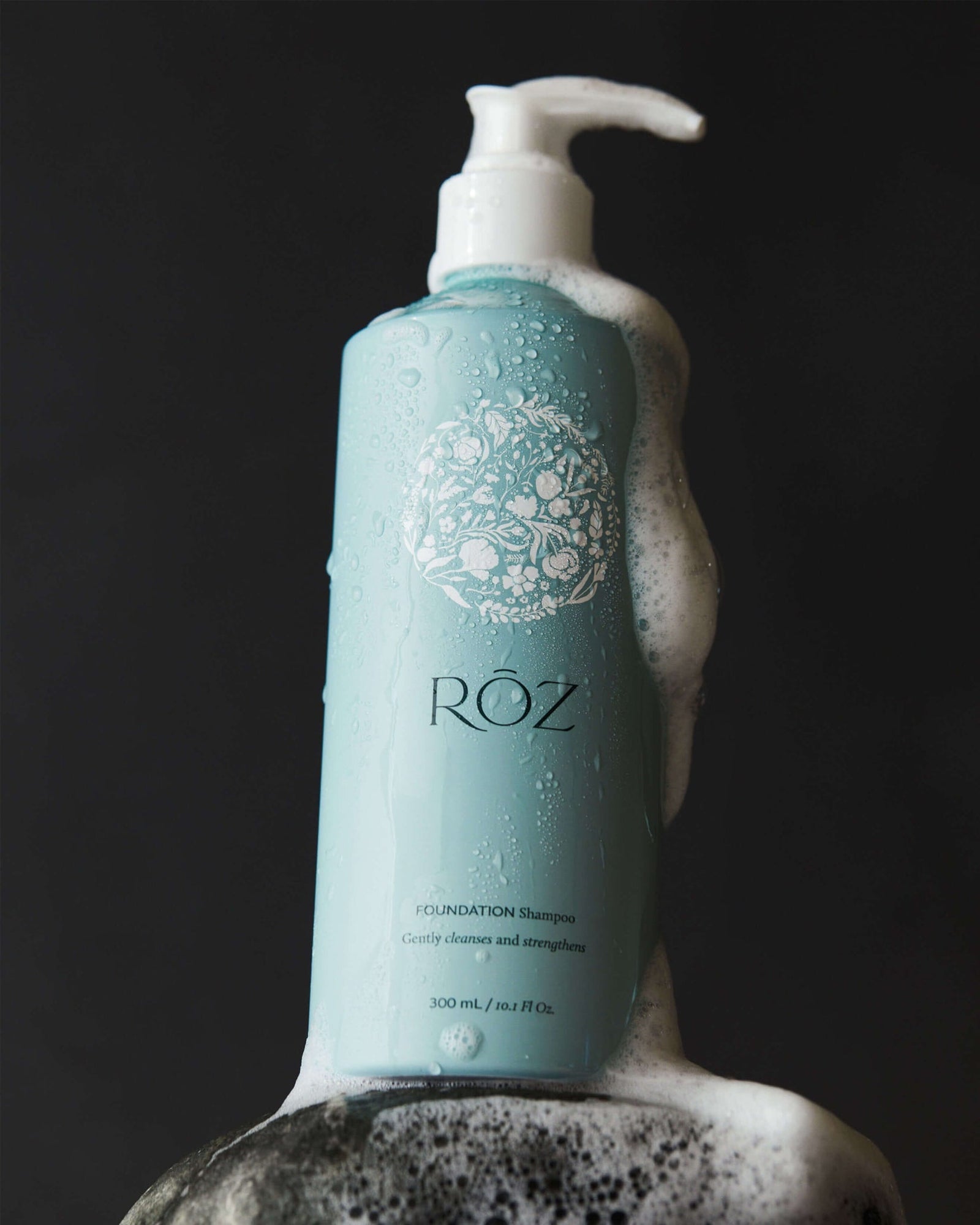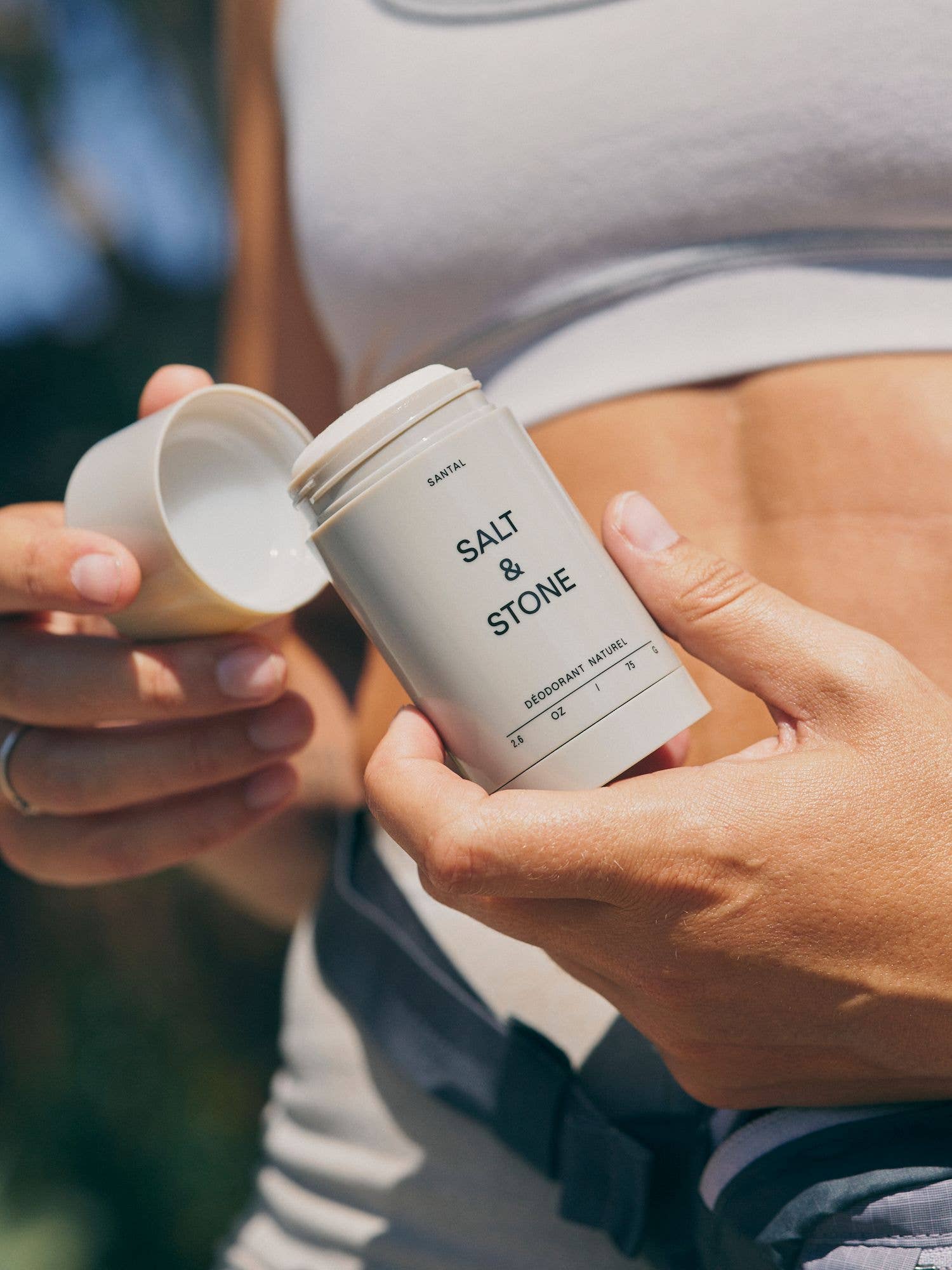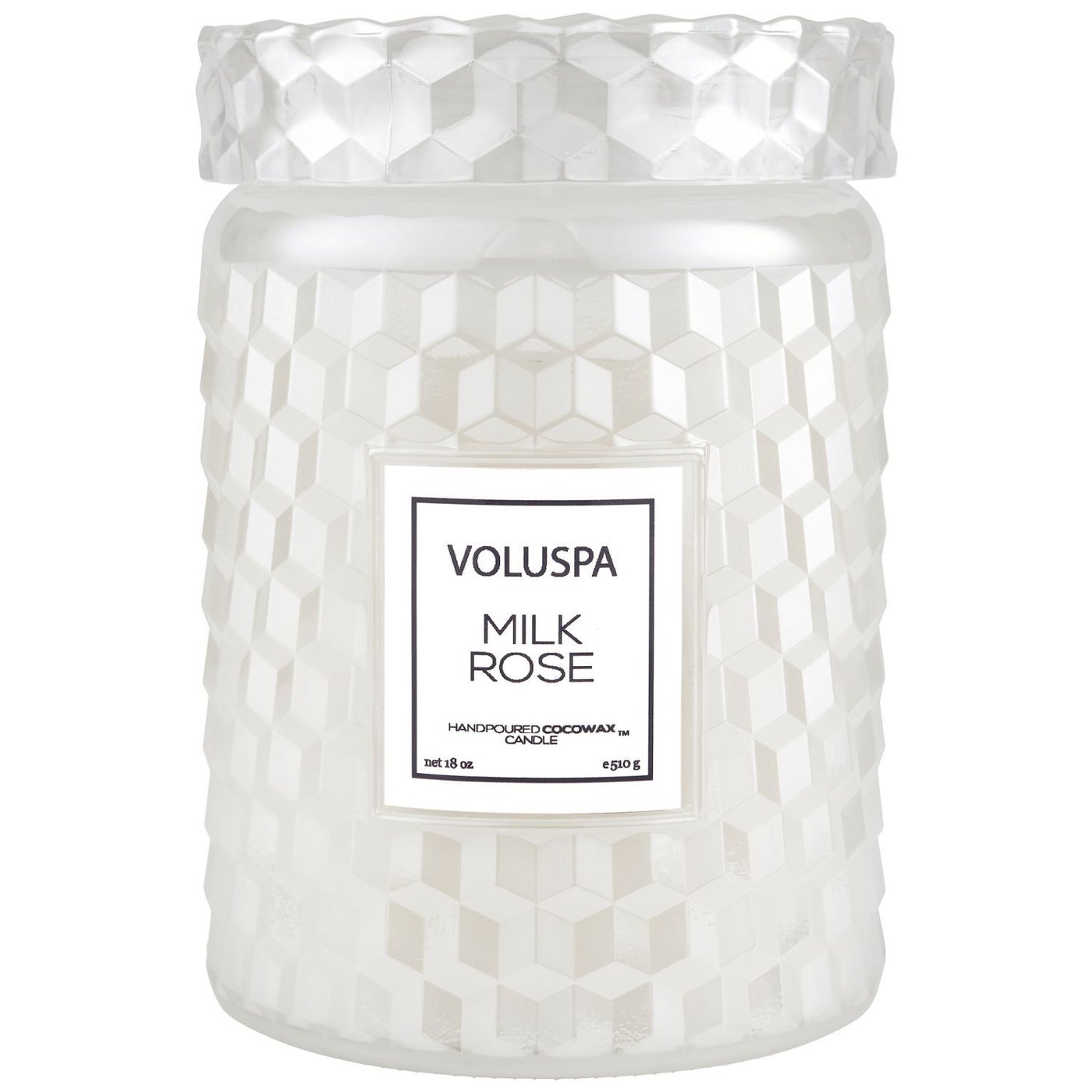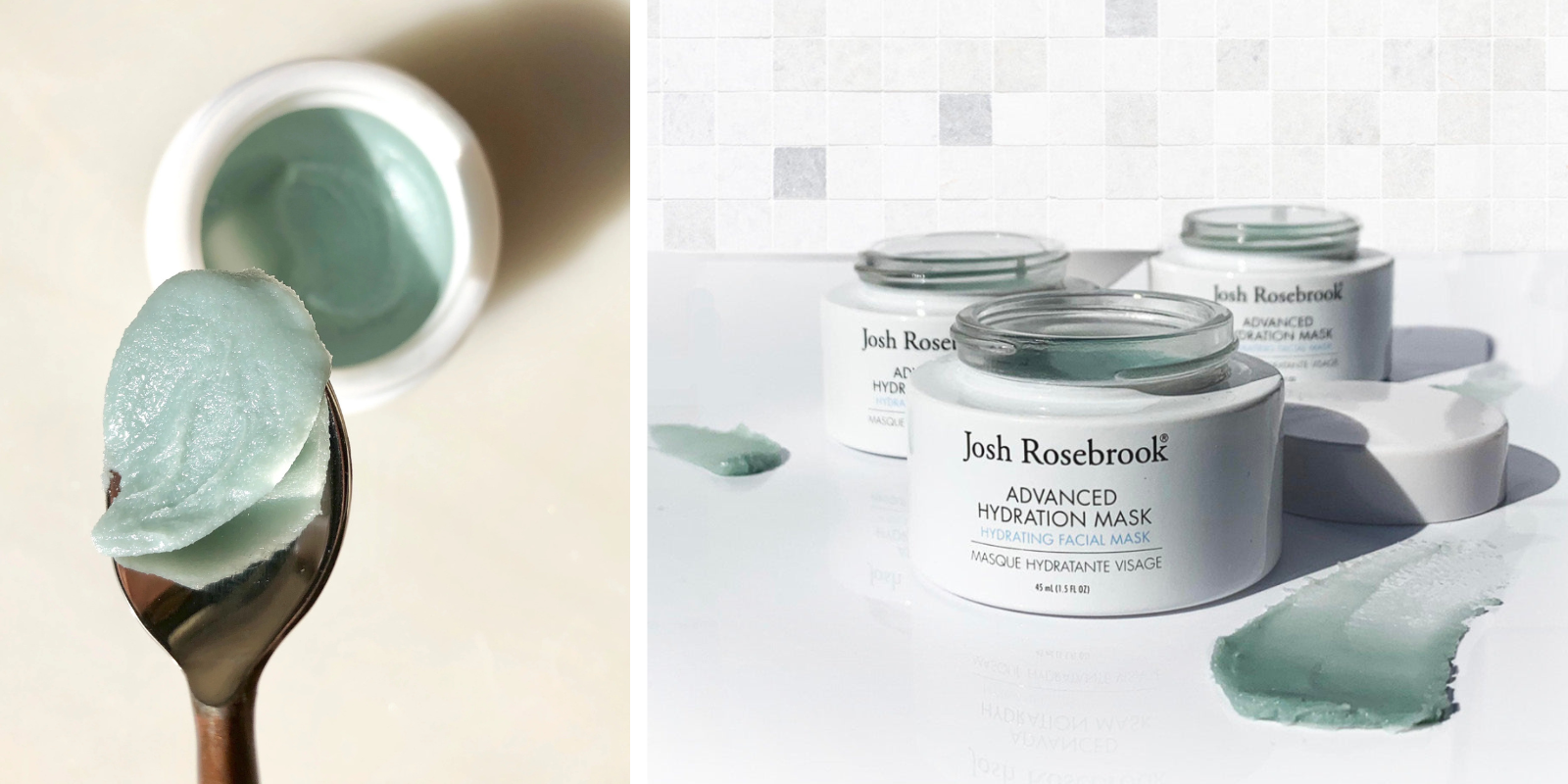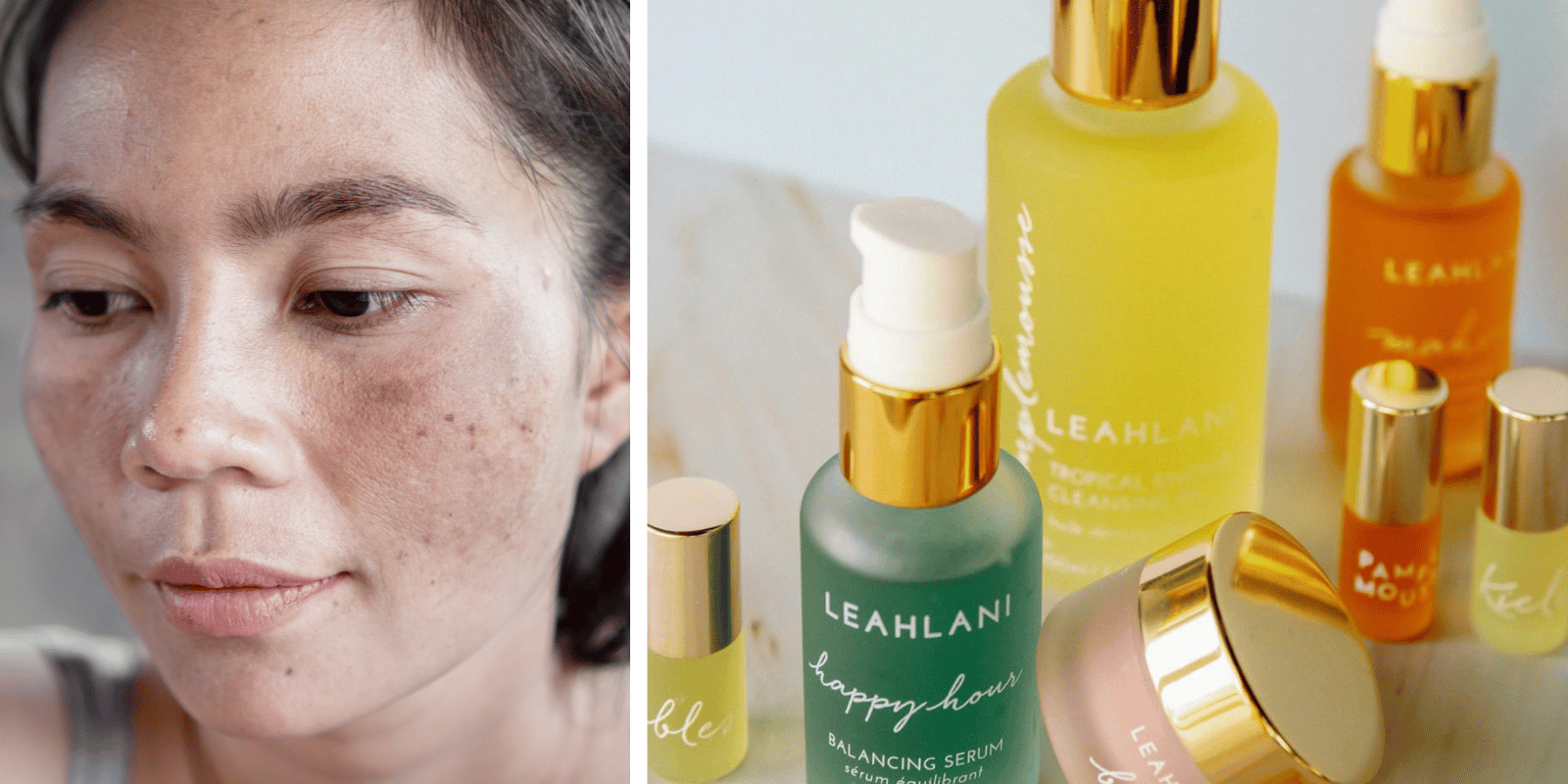Your Cart is Empty
Fading hyperpigmentation takes time and requires consistency in your skincare routine and sun protection habits. Once you’ve got your daily SPF down (and you’ve stopped picking your pimples!), incorporate these powerhouse ingredients from Leahlani Skincare into your skincare ritual to fade dark spots, brighten the complexion and bring your skin tone back into balance.


